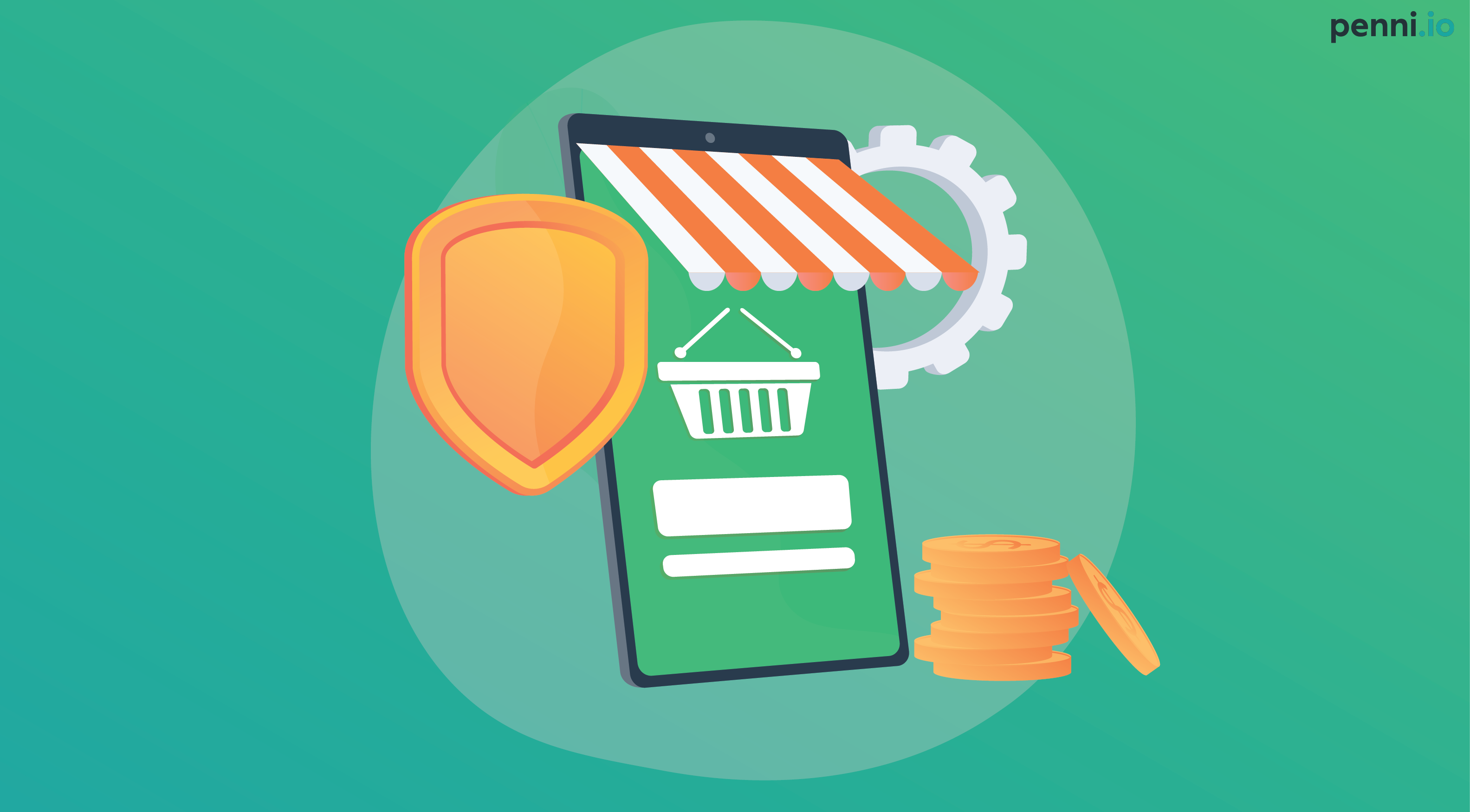5 Mistakes You Make When You Design Insurance Products (and What You Should Do Instead)

If you sell insurance, you’re facing an uphill battle. So you need your products, your customer-facing processes, and your sales and marketing messages to match what your customers really want and need. And how you succeed with that, I’ll tell you in this blog post.
You’d be surprised how often I see an insurance company advertising their products and think ”I would never buy insurance from them.”
(Spoiler alert: It’s really often).
Now you might be thinking: “Easy for him to say cause who actually wants to buy insurance?”.
And you’re right. It’s something we do because we have to. Not because it gives us an adrenalin rush to get a policy document in +15 pages in the inbox (and if it does, it might be a good idea to keep it to yourself).
The only time we think of buying insurance is when something makes us or our possessions feel vulnerable. Or when an insurance salesperson convinces us to buy coverage or switch to a new provider.
To follow up on your fictive thought: Even though insurance might not be the sexiest thing you can think of, it’s not the reason why I wouldn’t buy insurance from most providers. It’s because of the way companies sell their insurance. If you offer insurance, now is the moment of truth and your chance to find out whether you make these five following mistakes I see over and over again:
Mistake #1: You’re not online
As stated, being online isn’t a matter of ‘to be or not to be online.’ Being online is crucial - and your first step to a future-proof business.
Insurance is a legacy industry. Many old, well-established companies cruise on their name and strong reputation. They succeed to stick around because they’ve become household names.
A lot of newer insurance providers make the mistake of copying these older companies. But without having the same brand recognition, it’s a mission impossible to reach their level of success by using their outdated methods.
And honestly, their level of success isn’t all that impressive when you consider how much better they could do if they went digital instead of relying on small armies of insurance agents. They would:
- See their cost-per-sale go down with a free-fall speed.
- Have a sales method that could be scaled easily. When you’re relying on agents to sell your product, the only way to really scale is to hire more agents. That’s more unwieldy and inefficient than texting while wearing boxing gloves.
- Meet the needs of a (fastly) growing number of customers who want an easy way to access product information and communicate with the company. These days, time is more difficult to find than diamonds (and lost car keys). Customers don’t want to waste time on long call queues or setting up a meeting when they should be able to find the information with a few clicks on your website.
Your customers are (and buy) online. Therefore, they want and expect you to go digital.
Join my clever colleagues, Simon and Esben, on a comfy couch and let them tell you all you need to know about digital sales of insurance.
Mistake #2: You build a product without your customer in mind
Today’s insurers tend to design products from the bottom-up. They create products that reflect what their actuaries think is a good policy. Instead, they should design ones that are attractive to their customers and, by that, easier to sell.
9 out of 10 times, the result is a product that’s more complex than a Rubik’s cube. And that gets impossible to communicate clearly and simply about. You practically need to give them a presentation just to explain what the product does and what it covers.
Again, no one has the time (or patience) to sit through that kind of detailed explanation. Especially not, if you can’t give them a quick, engaging summary of the product beforehand.
What I’m about to tell you shouldn’t come as a surprise: Design an insurance product from the customer’s point of view. Otherwise, you’ll end up with something you can’t sell.
Mistake #3: You don’t show the price
No one on Planet Earth would look under the hood of a car unless they know they can afford it. It’s the same with insurance products. Customers don’t want to read about a product or go through a lo(oooo)ng sales process unless they know what the coverage will cost them.
You need to show your customers a real and relevant price. And you need to do it upfront (or as close to upfront as you can). If your product is so complicated that you need to drown your customers in information and questions before you can give them a quote, they’ll click the ‘bye-bye’ button in their browser.
Many insurance companies lose sales because of this and they’re not even aware of it. Unless they read this blog post, of course.
Mistake #4: You don’t make your product relevant
Even though most people have insurance, they spend close to zero seconds thinking about insurance. You have to make them care about your insurance product before you sell it to them.
How can you do that? By giving some context that makes it relevant to the customer.
Present it alongside other forms of coverage so the customer can see what makes your product different or what your unique selling point is.
If you try to sell your product in a vacuum, most people will just ignore it because they don’t have a benchmark to rate the price or quality of your coverage.
Mistake #5: You don’t let your customer finish the purchase online
OK, let’s see where we’re at: You now got the attention of your customers. You’ve piqued their interest and offered them a product that meets their needs. But you haven’t closed the sale yet. You can still lose customers (and money) by making it too hard for them to buy your product.
If you want to grow your sales (which I assume that you do), you have to make the purchasing of your product a no-brainer and convenient. Even if you offer superior coverage at a better price.
Therefore, you need to let your customers buy the product, first of all, online, and second of all, immediately. Customers want to click and enter their information asap, so they can move on with their day - you know, pick up their kids, celebrate grandma’s birthday, or take jitterbug lessons. Your customers don’t want to get dragged to another site or have to wait for a call from an agent to complete the purchase.
Can you imagine Amazon dominating the global marketplace if every time you wanted to buy a product, a sales rep phoned you to finish your order?
Me neither.
Sell, scale and succeed with a digital platform
All of this boils down to making it easier for your customers: Easier for them to find information, get a quote, and buy your product.
But making things easier for your customers often feels like it will make things difficult for you. And raises the question in your head: How do I even begin giving my systems, online interface, and sales approach a facelift?
Before your head gets filled with worry, I’ll let you know that we at Penni.io know the insurance industry is heading in this digital and customer-centric direction. For that reason, we’ve created a digital platform - Penni Connect - to make it easier for insurance providers to adapt to the future market (that actually exists now).
With the platform, we help them:
- Digitise their sales channels and make new or existing insurance products digitally distributable.
- Reach customers in new relevant contexts and turn non-points of sale into points of sale.
- Upscale their business - and at the same time trim their acquisition costs.
- Build smooth and convenient customer journeys based on data and counsel from in-house experts in customer behaviour.
If you want to know how we can help you future-proof your business, feel free to book a demo meeting with one of my clever colleagues.
Special thanks to our expert Jeppe Klausen.



